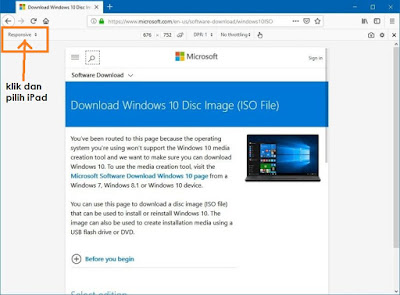Lesson Plan Semester 1, 2009/2010
Name of Course/Module : Programming Techniques I
Name(s) of academic Staff : Mohd Nazri Bin Ibrahim
You may download your Lesson Plan (in word format) here
Rationale for the inclusion of the course/module in the programme:
Programming is a fundamentals subject for computer science. Students will acquire knowledge in computer programming to solve real life computing problems.
Transferable Skills:
·To provide first level introduction to programming skills
·xpose students in using integrated Development Environment Tools
·Acquire fundamental knowledge in computer programming to solve computing problems
·Expose students to real life problems that can be solved efficiently using computer
Assessment Methods and Types / Mark Distribution
Quizzes(Quiz1, Quiz2, Quiz3):10%
Assignments (Asgmt1, Asgmt2, Asgmt 3):30%
Test (Test 1):20%
Final Exam:40%
Main references supporting the course
·D.S. Malik, 2009. Programming with C++: Brief Edition. 1 ed. Course Technology.
Additional references supporting the course
·Deitel. 2007. C++ How to Program, 6th edition. New York: Prentice Hall.
Topics
1. INTRODUCTION TO PROGRAMMING.
1.1 Computer Programming Concepts.
1.2 Problem Solving.
1.3 Flowchart.
1.4 Structured Programming Design.
1.5 Implementation
1.6 Documentation
1.7 Testing and Debugging.
2. OVERVIEW OF C++ LANGUAGE.
2.1 Introduction.
2.2 Typical C++ Development Environment
2.3 C++ Language Elements.
2.4 General Form of a C++ Program
2.5 Variable
2.6 Data Types
2.7 Identifiers
3. INPUT AND OUTPUT
3.1 Using setw and setprecision functions
3.2 Using setiosflags function
3.3 Using cin function
4. SELECTION STATEMENTS
4.1 if selection statement
4.2 if… else Double-Selection Statement
4.3 Switch Multiple-Selection Statement
4.4 Equality, relational and logical operators
4.5 The precedence table
4.6 Assignment Operators
4.7 Increment and Decrement Operators
5. LOOPING STATEMENTS
5.1 while repetition statement
5.2 for repetition statement
5.3 do repetition statement
5.4 Nested Loops
6. FUNCTIONS
6.1 Math Library Functions
6.2 Function definition
6.3 Function invocation
6.4 Argument passing
6.5 Scope of an variable
7. ARRAYS
7.1 Introduction.
7.2 Declaring Arrays
7.3 Examples Using Arrays
7.4 Passing Arrays to Functions
7.5 Searching Arrays with Linear Search
7.6 Sorting Arrays with Insertion Sort
7.7 Multidimensional Arrays
8. Working With Pointers
8.1 Understanding Program Memory
8.2 The Address-of Pointer
8.3 Storing and Retrieving Addresses
8.4 Passing address to Function
8.5 Arrays of Pointers
9. File Input and File Output
9.1 Opening and closing files
9.2 Writing to Files
9.3 Parsing File Input
9.4 Writing to Binary Files
9.5 Reading From Binary Files
Subscribe to:
Post Comments (Atom)
Cara download Installer windows 10 dalam format ISO
1. Jika anda bercadang untuk download windows 10 melalui website rasmi windows - pilihan untuk download dalam format ISO tidak di berikan. ...

-
1.TOPUP Cepat Susut Jika anda merasa topup prepaid anda cepat susut walaupun tak banyak call- ada baiknya anda semak log call/sms/content ...
-
Latihan MS Word dengan elemen-elemen:- image, word art, table, shape dan word formatting (font,size,bold, italic,underline)
-
Section 8 The String Class 8.1 Suppose that s1 , s2 , s3 , and s4 are four strings, given as follows: String s1 = ...



No comments:
Post a Comment